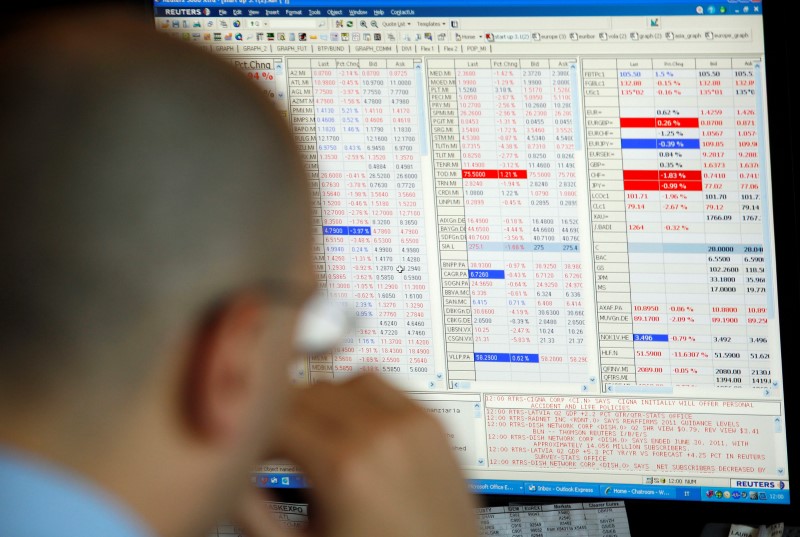Investing.com — In its ‘2025 Global Consumer Outlook’ report released Monday, RBC Capital Markets outlines significant challenges and opportunities shaping global consumer markets.
Drawing from perspectives across regions and sectors, the report emphasizes key trends and themes expected to influence consumer behavior and retail performance in the year ahead.
A Challenging Consumer Landscape
RBC analysts highlight the financial pressures faced by global consumers due to elevated inflation, high interest rates, and unemployment. These factors are expected to weigh on consumer fundamentals at least through the first half of 2025
The report also notes a noticeable shift in consumer behavior toward value-seeking strategies, such as reduced basket sizes, increased reliance on private labels, and a preference for discount retail channels. Luxury spending appears muted, with consumers gravitating toward value-oriented restaurant options and at-home dining.
Regional and Global Themes
While consumer trends vary by geography, several global themes emerge:
1) With inflationary pressures easing, volume and unit growth are anticipated to drive relative stock outperformance.
“Our global team’s view is that organic growth will be more reliant on volume next year as inflation/ pricing ability fades and promotional spend ramps due to a difficult consumer environment,” RBC analysts noted.
2) RBC notes that with the US election concluded, attention has turned to the potential policy impacts of a second Trump administration. Among the key concerns is the introduction of new tariffs, which could create significant regulatory challenges.
Companies are already exploring cost mitigation strategies, such as boosting productivity and adjusting pricing. However, analysts warn that these cost pressures are likely to be passed on to consumers, potentially hindering growth and exacerbating inflationary pressures.
3) Trade policies, such as tariffs proposed by the Trump administration, and geopolitical risks in regions like China and Europe, present challenges. The report underscores concerns about slower growth in Latin America and potential currency fluctuations impacting performance.
4) Rising costs, moderated demand, and foreign exchange volatility are likely to challenge profitability.
“We believe that 2025 will be another year of balancing margin dynamics including moderating demand, muted volumes, slowing pricing benefit, FX, rising/declining commodity costs, increased promotional environment, a need in increased marketing spend, and normalizing elasticities,” analysts said.
5) Despite expectations of gradual improvement, consumer sentiment and spending in China remain subdued. Structural changes, such as a growing preference for secondhand goods and alternative retail platforms, signal a shift in consumer preferences.
6) With organic growth harder to achieve, RBC believes M&A activity may accelerate. The report anticipates favorable conditions for consolidation in the latter half of the year, driven by stabilizing interest rates and reasonable valuations.
In terms of sector-specific insights, RBC highlights several key themes across Consumer Staples, Luxury & Premium Brands, and Restaurants & Leisure sectors.
For Consumer Staples, analysts note that the sector faces ongoing pressure from lackluster volume growth and macroeconomic uncertainties. Despite underperformance in recent years, RBC remains cautious about potential earnings risks tied to inflation and regulatory developments.
In Luxury & Premium Brands, the investment bank expects stabilization or modest improvement in revenue growth, particularly in North America. LVMH (EPA:LVMH) stands out as a top pick at RBC. The firm believes the stock “is better positioned for this scenario, given its scale, diversified category mix, slightly higher US revenue mix and relatively softer revenue growth trends in Fashion & Leather which offer higher probability of inflection in our view. “
Lastly, analysts said they are “cautiously optimistic” about the restaurant space for 2025.
“Recent macro data points suggest a stabilizing economic backdrop where improving consumer sentiment could translate into traffic growth after a challenging 2024, though we expect improvement to be more gradual as consumers continue to grapple with elevated pricing,” analysts noted.
They feel more bullish about the fitness sector, as they expect consumers to continue prioritizing health and wellness.



